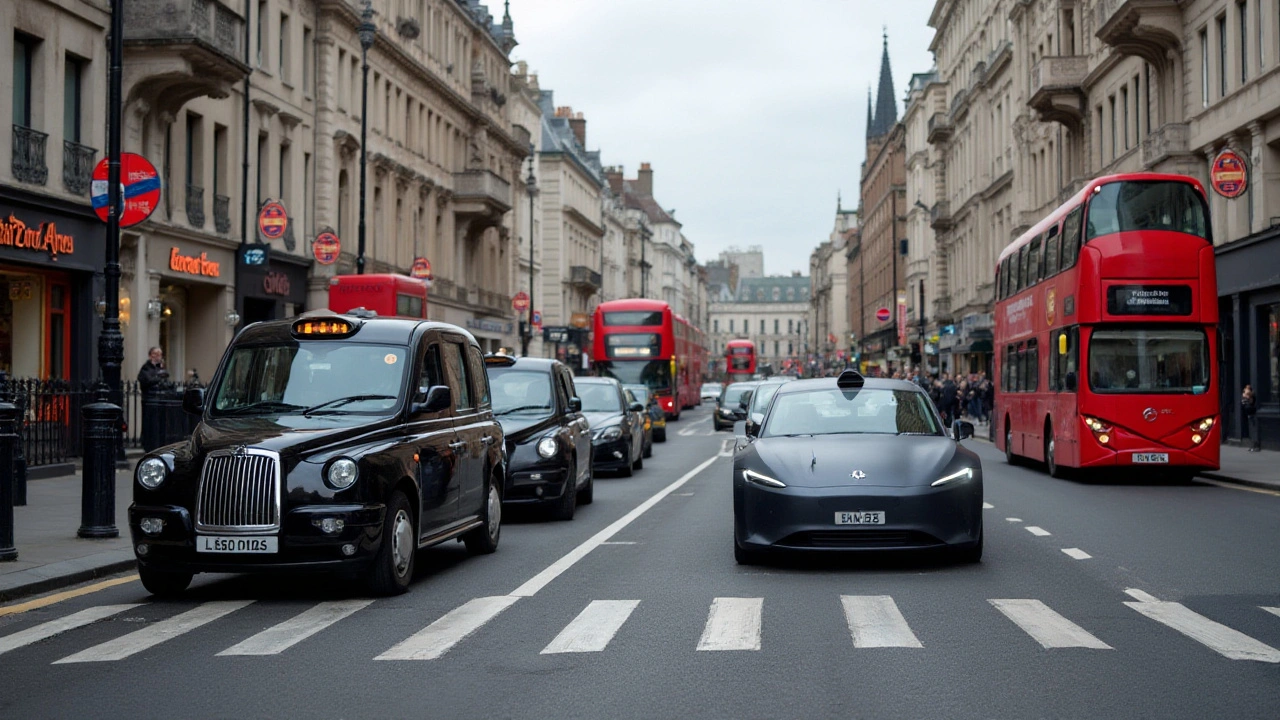How autonomous vehicles could reshape traffic congestion — Sep 2024
One clear idea came up in our September posts: self-driving cars don’t have a single outcome for traffic. They can smooth flow and cut crashes, or they can make jams worse if people treat them like taxis that drive around empty. The real effect depends on how we use the technology, how cities adapt, and what rules we set.
Here’s how AVs can help right away. Automated systems react faster and keep steady distances, so highway lanes could carry more cars at higher average speeds. When vehicles coordinate, you get fewer sudden brakes and less stop-and-go traffic. Connected traffic lights and vehicles (V2X) can time green waves for platoons of AVs, reducing idle time at intersections. Fewer accidents and quicker incident clearance also cut the long backups that drivers hate.
But there are clear downsides to plan for. Mixed traffic — human drivers and AVs sharing roads — can actually create odd slowdowns. Human drivers make unpredictable moves that throw off smooth AV patterns. Another big risk: empty trips. If people send AVs to run errands or wait instead of parking, vehicle miles traveled (VMT) can rise and city centers could get busier, not quieter. That’s where policy matters: without rules, convenience could beat efficiency.
What commuters should expect
If you drive now, expect changes over time, not overnight shifts. Commutes might get steadier on highways as more AVs arrive, but local streets could feel different depending on local rules and ride-hail behavior. You’ll see fewer crashes causing long closures, but you might also see more short, frequent trips from shared AV services. Consider mixing trips, using off-peak options, or trying shared rides when available — those reduce the total cars on the move.
Parking patterns will change. With fewer parked cars needed downtown, curb space can shift to buses, bike lanes, or outdoor seating. That’s good news if cities plan ahead; otherwise, freed-up parking could encourage more driving.
What cities and planners need to do
City leaders can steer outcomes. Pricing tools like congestion charges or fees for empty miles discourage wasteful AV trips. Dedicated lanes or time windows for shared AVs can boost capacity where it matters. Upgrading signals for V2X communication helps AVs and human drivers flow together better. Importantly, require data sharing from fleets so planners can track effects and adjust rules fast.
September’s post stressed one final point: technology alone won’t fix congestion. Good design, clear rules, and incentives for shared, low-mile solutions will. If you want to see the full take, read our feature “How Autonomous Vehicles Could Change Future Traffic Congestion” for examples and practical scenarios cities are testing today.

How Autonomous Vehicles Could Change Future Traffic Congestion
Autonomous vehicles are more than just a technological marvel; they promise substantial changes to our daily commutes. This article explores how self-driving cars might influence traffic congestion, examining both the potential benefits and challenges. Dive into the future of transportation and how it might reshape our urban landscapes.
© 2026. All rights reserved.
